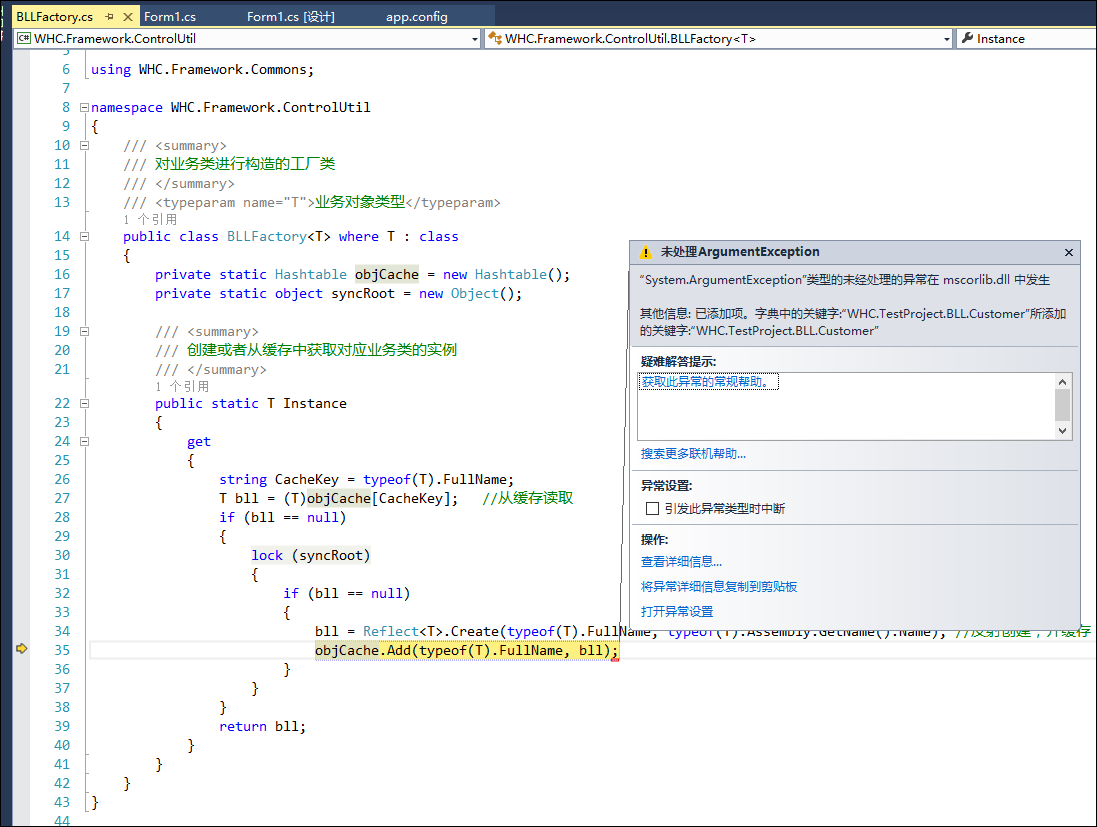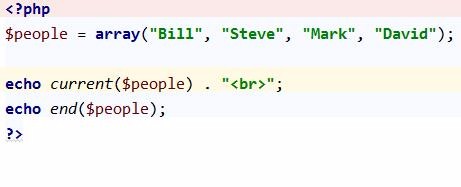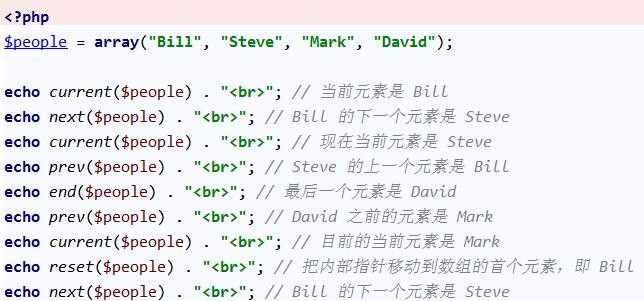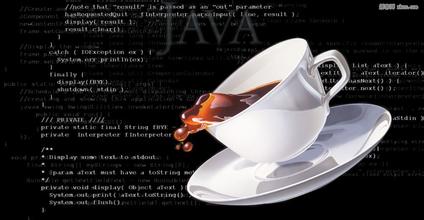Detailed introduction and usage of current function
Instance sets the time position to 5 seconds: myVid=document.getElementById("video1"); myVid.currentTime=5; Definition and Usage The currentTime property sets or returns the current position (in seconds) of audio/video playback. When this property is set, playback will jump to the specified position. Browser Support All major browsers support the currentTime property. Note: This attribute is not supported in Internet Explorer 8 or earlier browsers. Syntax setting currentTime property: audio|video.currentTime="seconds" Return currentTime property: audio|video.currentTime property value value description seconds indicates the current position of audio/video playback (in seconds). Technical Details Return Value Numeric value representing seconds Instance Set time position to 5 seconds:
1. H5 Sets or returns the current position of audio/video playback in seconds CurrentTime
# Introduction to the property currentTime
2. HTML5 attribute currentSrc that returns the URL of the current audio/video
3. Detailed explanation of the difference between target and currentTarget
4. Detailed explanation of using ConcurrentDictionary multi-thread synchronization dictionary collection instance 
##Introduction: In the past period of time, Most of my base classes use a combination of lock and Hashtable to handle cache conflicts in multi-threads. However, sometimes using these two combinations is not satisfactory. Occasionally, an exception occurs that the collection has been added. After processing the code in multiple ways, Still the same, I finally adopted the ConcurrentDictionary multi-threaded synchronized dictionary collection introduced after .NET 4.0, and the problem was successfully solved. 1. Use lock and Hashtable combination to achieve In my base class, to build business objects, I generally use BLLF
5.Recommended 10 articles about current
Introduction: The current() function in PHP returns the current element (unit) in the array. Each array has an internal pointer pointing to it." The "current" unit initially points to the first unit inserted into the array. If we execute current once, the internal pointer will point to the next unit. We can use current to get the value of the current unit in the array. This article collects several articles on the usage of PHP's array operation function current(). I hope it will be helpful to everyone's understanding of array operations. 1.php array function current(...##6.
10 recommended articles about current()
Introduction: The current() function in PHP returns the current element (unit) in the array. Each array has an internal pointer pointing to its "current "Unit, initially points to the first unit inserted into the array. If we execute current once, the internal pointer will point to the next unit. We can use current to get the value of the current unit in the array. This article collects several Regarding the usage of the PHP array operation function current(), I hope it will be helpful to everyone's understanding of array operations. 1. PHP array function current(...7.
current( )’s 10 recommended content
Introduction: The current() function in PHP returns the current element (unit) in the array. Each array has an internal pointer pointing to its "current" unit, which initially points to the element inserted into the array. For the first unit, if we execute current once, the internal pointer will point to the next unit, and we can use current to get the value of the current unit in the array. This article collects several articles on the usage of PHP's array operation function current(). I hope it will be helpful to everyone's understanding of array operations. 1.php array function current(...
##8. Recommended 10 articles about current()

Introduction: The current() function in PHP returns the current element (unit) in the array. Each array has an internal pointer pointing to its "current "Unit, initially points to the first unit inserted into the array. If we execute current once, the internal pointer will point to the next unit. We can use current to get the value of the current unit in the array. This article collects several Regarding the usage of the PHP array operation function current(), I hope it will be helpful to everyone's understanding of array operations. 1. PHP array function current(...
9. About PHP. 10 articles recommended by current

##10.
10 recommended articles about the php current() function  Introduction: This article mainly introduces the relevant information about the detailed explanation of the java ThreadPoolExecutor concurrent call instance. Friends in need can refer to the detailed overview of the java ThreadPoolExecutor concurrent call instance. Usually in order to improve the processing speed of the task, it will be used Some concurrency models, invokeAll in ThreadPoolExecutor is one. Code package test.current;import java.ut...
Introduction: This article mainly introduces the relevant information about the detailed explanation of the java ThreadPoolExecutor concurrent call instance. Friends in need can refer to the detailed overview of the java ThreadPoolExecutor concurrent call instance. Usually in order to improve the processing speed of the task, it will be used Some concurrency models, invokeAll in ThreadPoolExecutor is one. Code package test.current;import java.ut...
##11. Detailed introduction to ConcurrentHashMap
Introduction: This article mainly introduces the relevant information about java using ConcurrentHashMap and counters to implement locks. Friends in need can refer to java's use of ConcurrentHashMap and counters to implement locks in certain situations. In this scenario, we want threads to be queued based on certain business data. The simple code is as follows: import java.util.ArrayList;import java.util.HashMap;import ja...
12. php Returns the elements in the array current() function usage summary
 Introduction: The current() function in PHP returns the current element (unit) in the array. Each array has an internal pointer pointing to its "current" unit, which initially points to the first unit inserted into the array. If If we execute current once, the internal pointer will point to the next unit. We can use current to get the value of the current unit in the array. This article collects several articles on the usage of PHP's array operation function current(). I hope it will be helpful to everyone's understanding of array operations.
Introduction: The current() function in PHP returns the current element (unit) in the array. Each array has an internal pointer pointing to its "current" unit, which initially points to the first unit inserted into the array. If If we execute current once, the internal pointer will point to the next unit. We can use current to get the value of the current unit in the array. This article collects several articles on the usage of PHP's array operation function current(). I hope it will be helpful to everyone's understanding of array operations.
13. php operation array functions current, next and reset function usage examples detailed explanation
Introduction: The current() function in PHP returns the current element (unit, which is the first element of the array) in the array. The next() function points the internal pointer to the next element in the array and outputs The value of the element. The reset() function points the internal pointer to the first element in the array and outputs the value of the element. This article mainly introduces the usage of the current, next and reset functions in PHP and explains it in detail with examples. Learn the specific usage of the functions current, next and reset for array operations in PHP. It has certain reference value for in-depth understanding of the usage of arrays. I hope it will be helpful to everyone's understanding of arrays
##14 . Detailed explanation of the usage examples of php end() function and current() function

15.
php array function current() Definition and Usage

##16.
How to use ConcurrentHashMap and counter to implement lock. Detailed explanation Introduction: This article mainly introduces the relevant information about Java using ConcurrentHashMap and counters to implement locks , Friends in need can refer to
Introduction: This article mainly introduces the relevant information about Java using ConcurrentHashMap and counters to implement locks , Friends in need can refer to
17.
Details introduction to the alternative method for invalid currentstyle parameter of the navigation bar on the home page of Dedecms. Introduction: This article mainly introduces the alternative method of invalid currentstyle parameter of the navigation bar on the home page of Dedecms. Invalid currentstyle parameter will cause the navigation bar to not be highlighted. This article gives another solution. Friends who need it can refer to
Introduction: This article mainly introduces the alternative method of invalid currentstyle parameter of the navigation bar on the home page of Dedecms. Invalid currentstyle parameter will cause the navigation bar to not be highlighted. This article gives another solution. Friends who need it can refer to
18.
php remote connection oracle report TNS:listener does not currently know of serviceIntroduction: My local php connects to the remote oracle database. I downloaded the oracle client instantclient-basic-nt-11.2.0.2.0, configured the environment variables, and turned it on. php_oci8 and php_oci8_11, restarted the computer and then connected, the following error was reported {code...}
19.
Where is the user name returned by get_current_user() in php username?Introduction: RT, is it the owner of the process or the owner of the file?
20.
¤tDate## Introduction: curl GET The following query characters are ¤tDate¤tDate
21. ON UPDATE CURRENT_TIMESTAMP is invalid
Introduction: The MYSQL updatetime field is set to ON UPDATE CURRENT_TIMESTAMP but after performing the UPDATE operation, the database What may be the cause of the time or the time when adding? {Code...}
22. php end function and current function
Introduction:: This article mainly introduces the php end function and current function. Students who are interested in PHP tutorials can refer to it. 23. Examples of usage of current, next and reset functions in php Introduction::This article mainly introduces Here are examples of how to use the current, next and reset functions in PHP. Students who are interested in PHP tutorials can refer to them. 24. PHP array functions current and next usage sharing Introduction: current, next:PHP array current and next Next usage sharing: This article uses examples to briefly compare and analyze the usage of PHP arrays current and next. Although the examples are very simple, they are very helpful for us to understand current and next. I recommend them to everyone here. 1.current ##Introduction:: PHP current function: $people = array("Bill", "Steve", "Mark", "David");
echo current($people);
result:
Bill').addClass('pre-numbering').hide();$(this).addClass('has-numbering').parent().append($numbering);for (i = 1; i ') .te [Related Q&A recommendations]: java - How to clear the information stored in the method after calling a method. Zero! ! ios - iphone When using UIGraphicsGetCurrentContext in drawRect to draw a rectangle, is there an excess of 1 pixel outside the border? html5 - Geolocation API unstable?

Hot AI Tools

Undresser.AI Undress
AI-powered app for creating realistic nude photos

AI Clothes Remover
Online AI tool for removing clothes from photos.

Undress AI Tool
Undress images for free

Clothoff.io
AI clothes remover

Video Face Swap
Swap faces in any video effortlessly with our completely free AI face swap tool!

Hot Article

Hot Tools

Notepad++7.3.1
Easy-to-use and free code editor

SublimeText3 Chinese version
Chinese version, very easy to use

Zend Studio 13.0.1
Powerful PHP integrated development environment

Dreamweaver CS6
Visual web development tools

SublimeText3 Mac version
God-level code editing software (SublimeText3)





